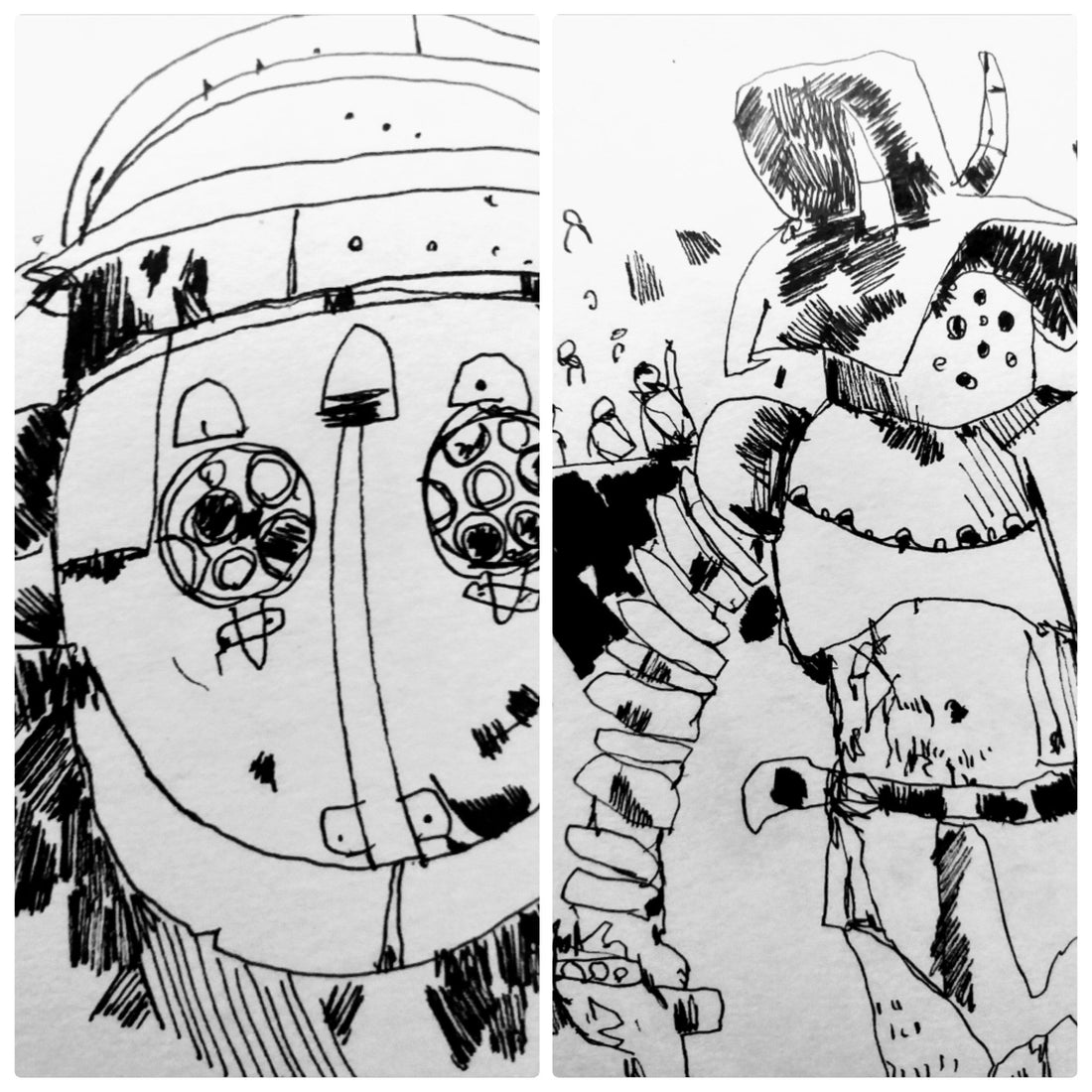
Blood and Sand
Share
Dorset County Museum is really a gem for the community. My wife and I made a trip to Dorchester to see the museum's Gladiators exhibition. It has treasure's on loan from the British Museum and beautiful crafts from Roman Britain.
The life of a Gladiator was brutal but had it's rewards. Gladiators were Slaves at the bottom of Roman society. They were the property of Games promotiors and would have free time in weapons training. Their diet would had little meat. The men and boys would have eaten porridge and beans regularly.
Games started with animal fights. Lions, Bulls, Bears and even Giraffes would have had a sad end in the blood soaked sand. The Gladiators were the main event. Fights lasted around 15 minutes. Tournaments in small arenas would have rarely ended in deaths. Slave owners wanted to keep their prize fighters in good condition. Some would have become local celebrities. Merchandise sold outside Games had the images of favourite Gladiators. Although no money would have come to the men in the arena.
The armour and costumes of Gladiators followed a pattern. The Murmillo was 'The fish' and Thraex was 'The Thracian'. To modern eyes the Gladiator armour is both Alien and familiar. Some would be recognisable in Star Wars or Dune.
If a Gladiator became popular long enough and survived a series of Games he could win his freedom. This was sadly a rare outcome.
